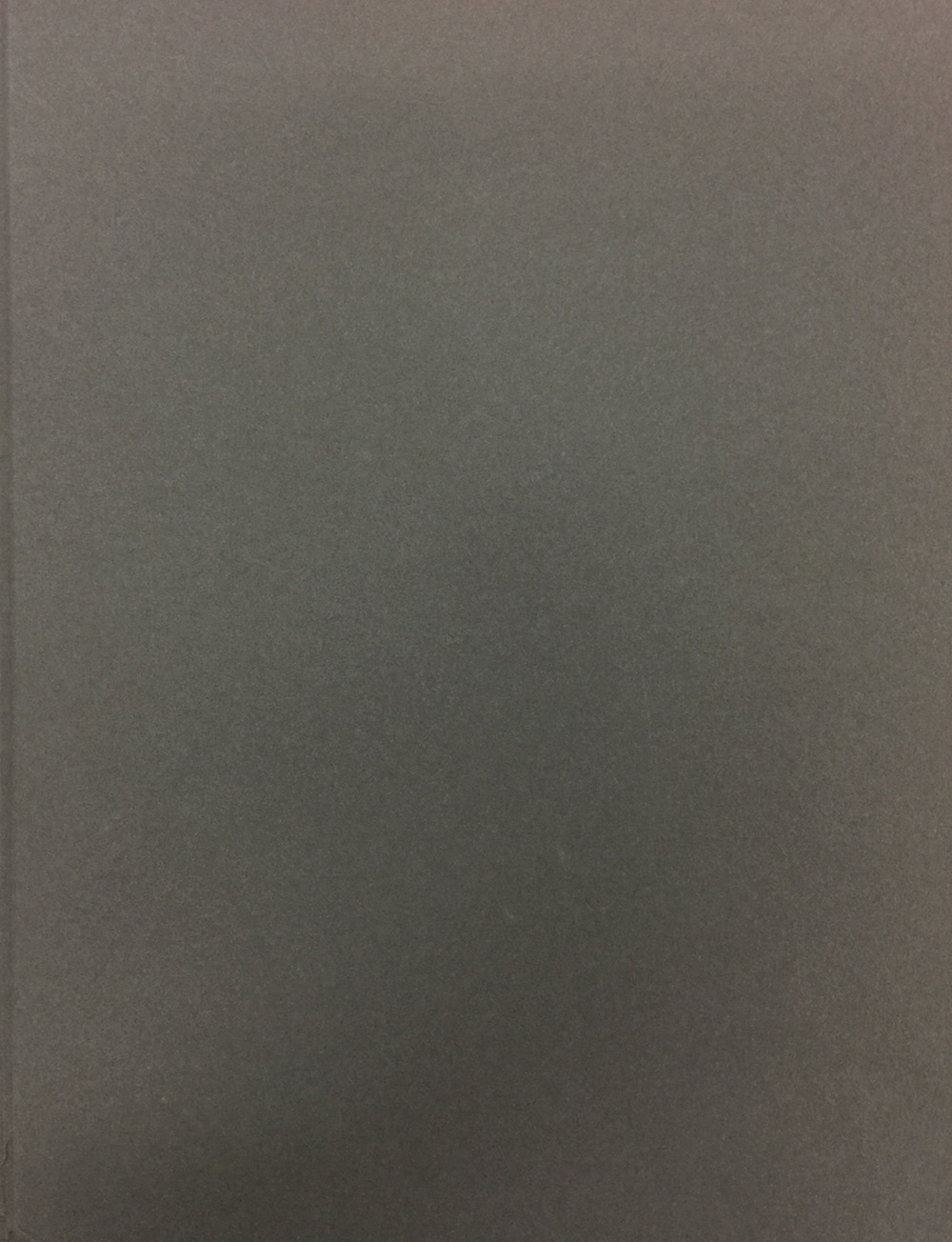Thomas Hauri
20.1. —
6.3.2016
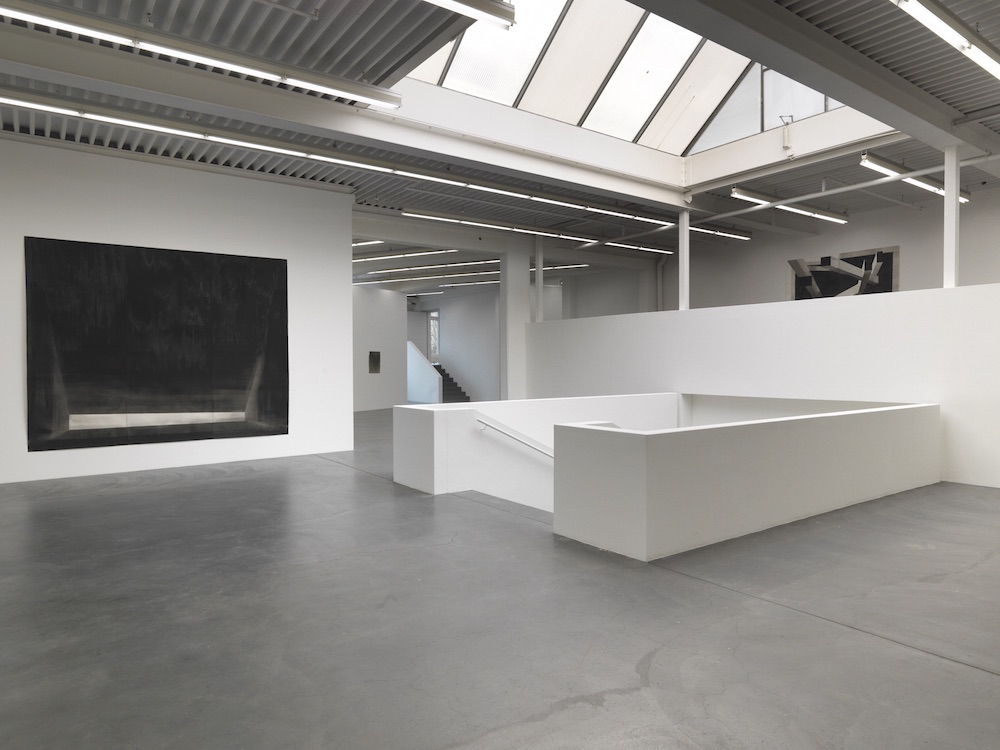
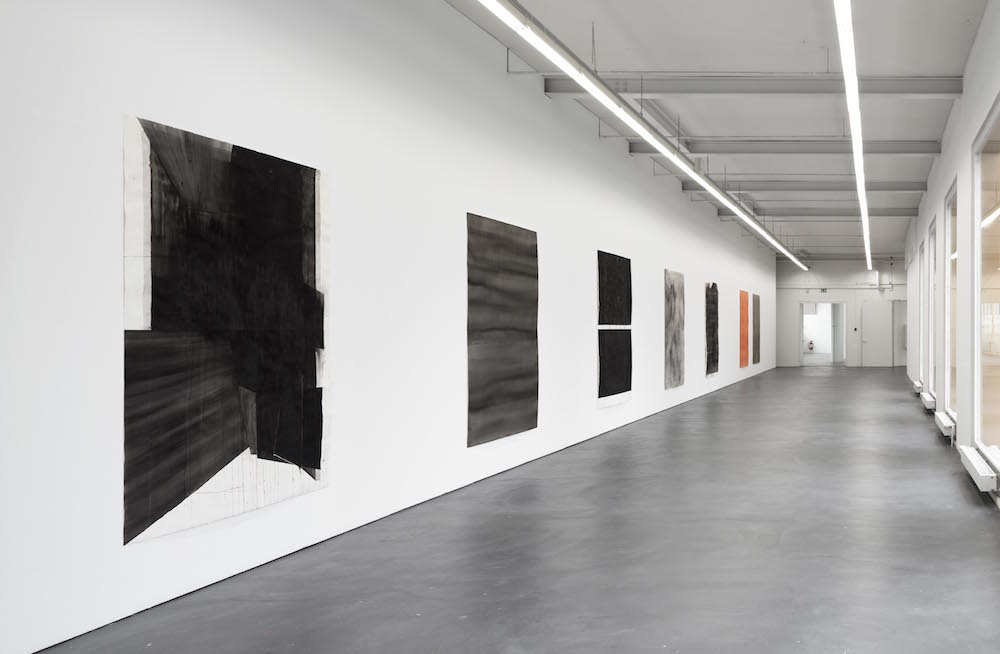
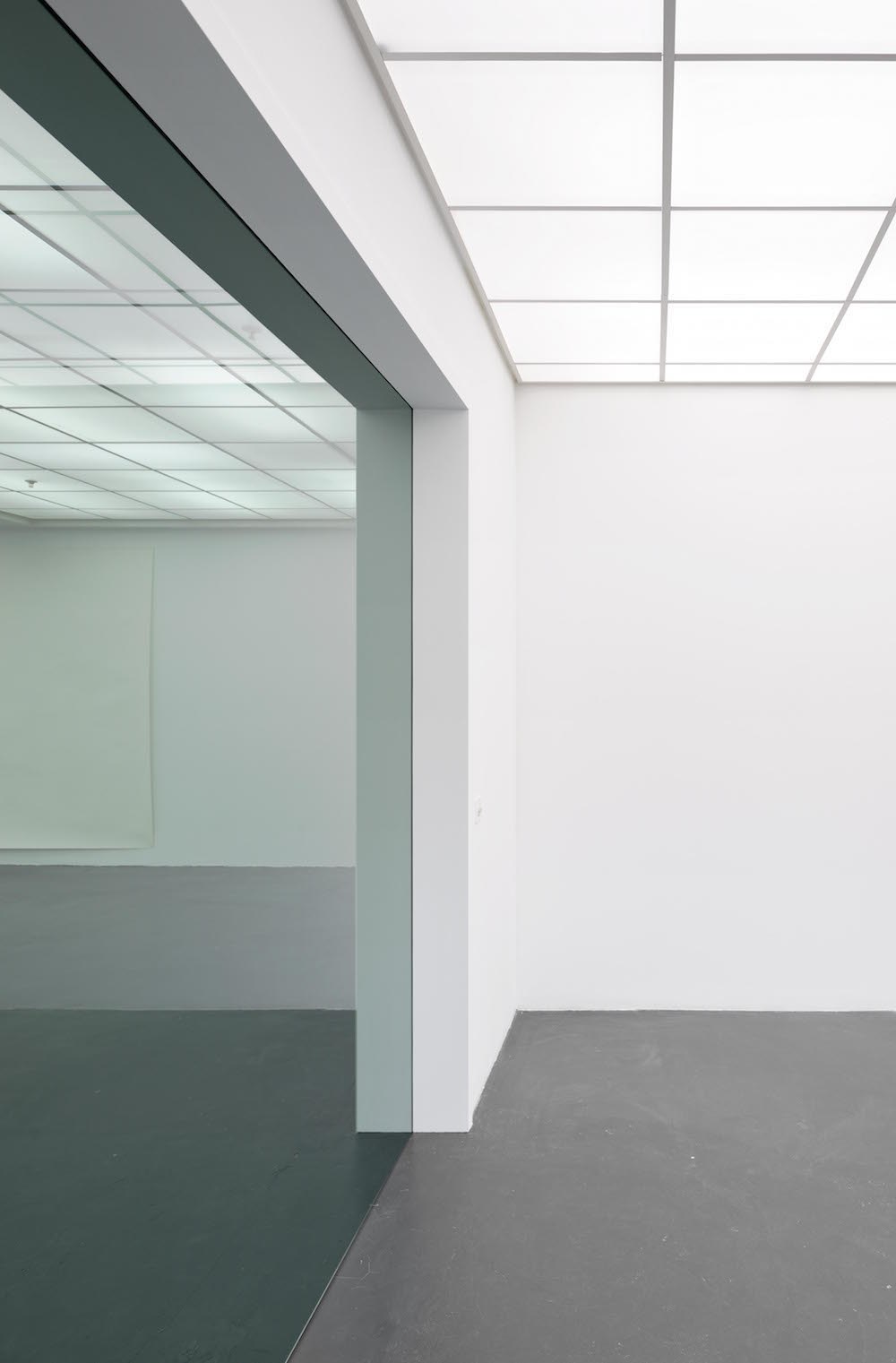
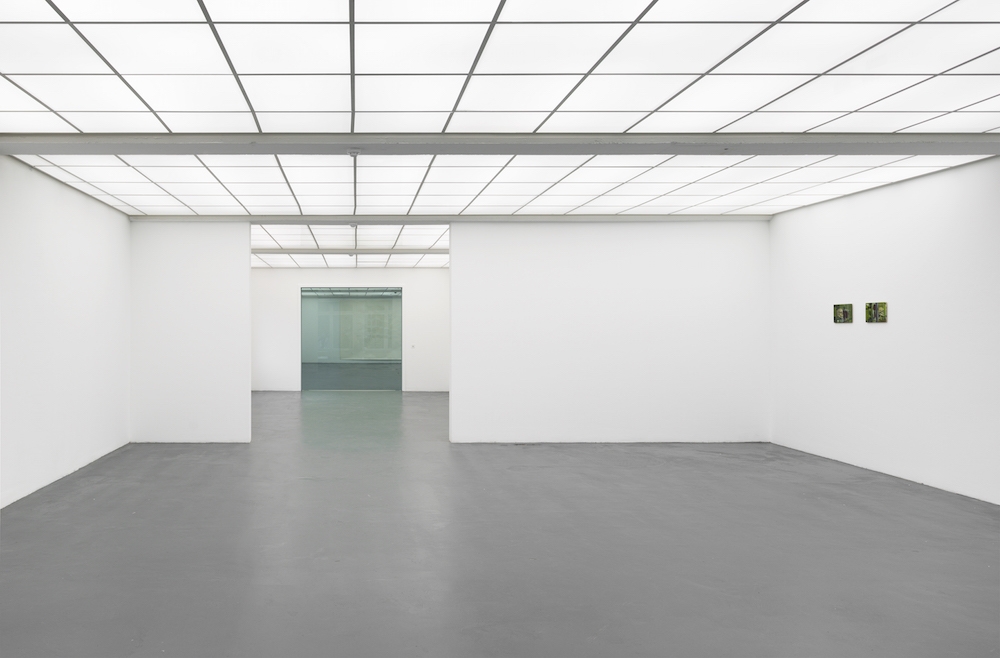
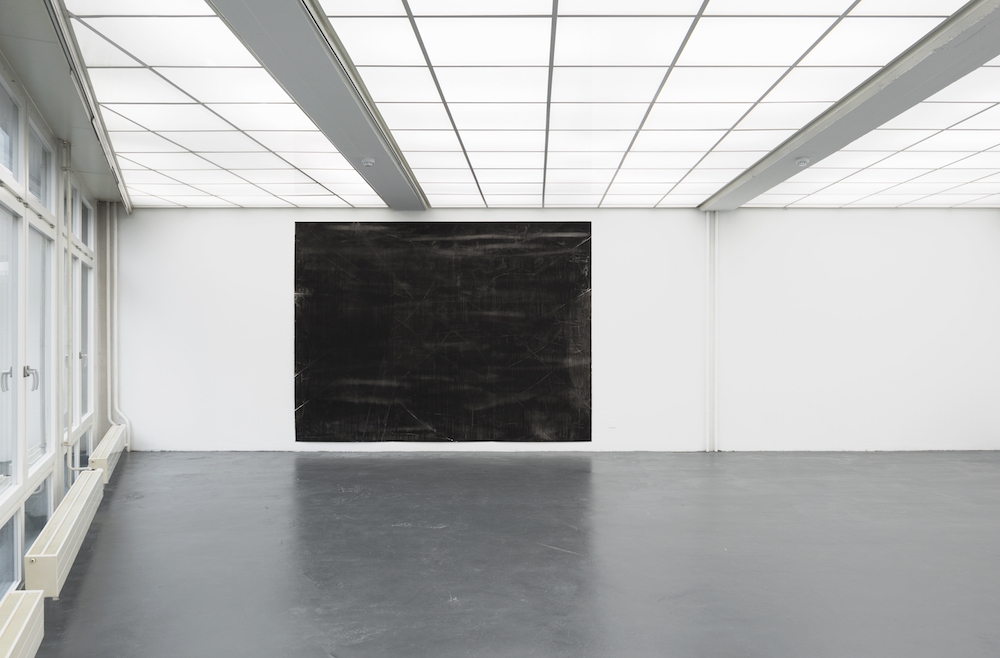
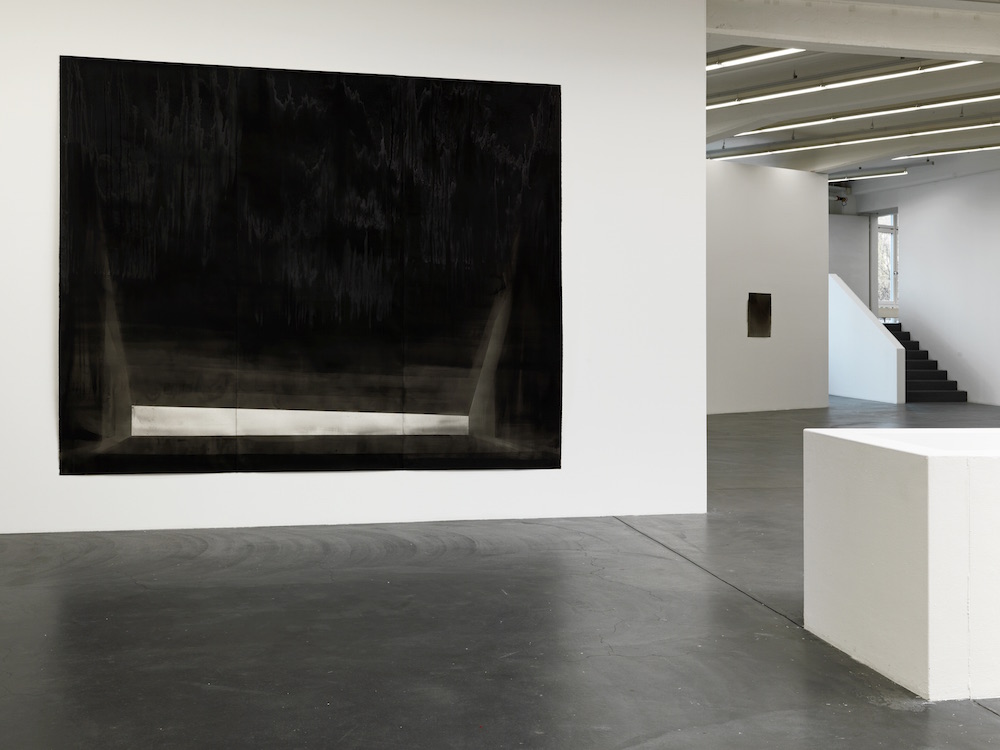
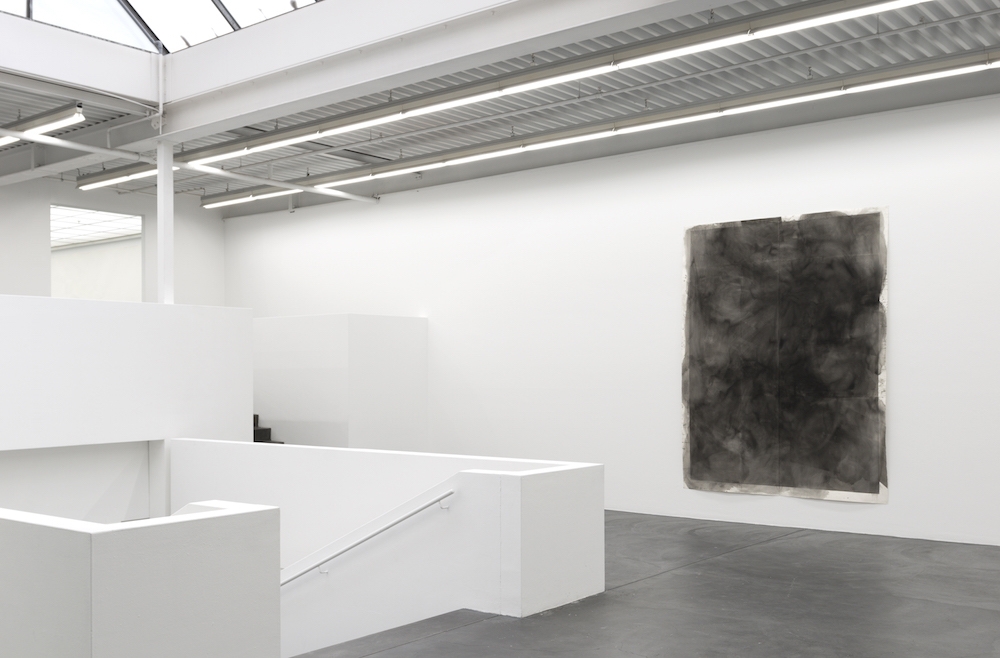
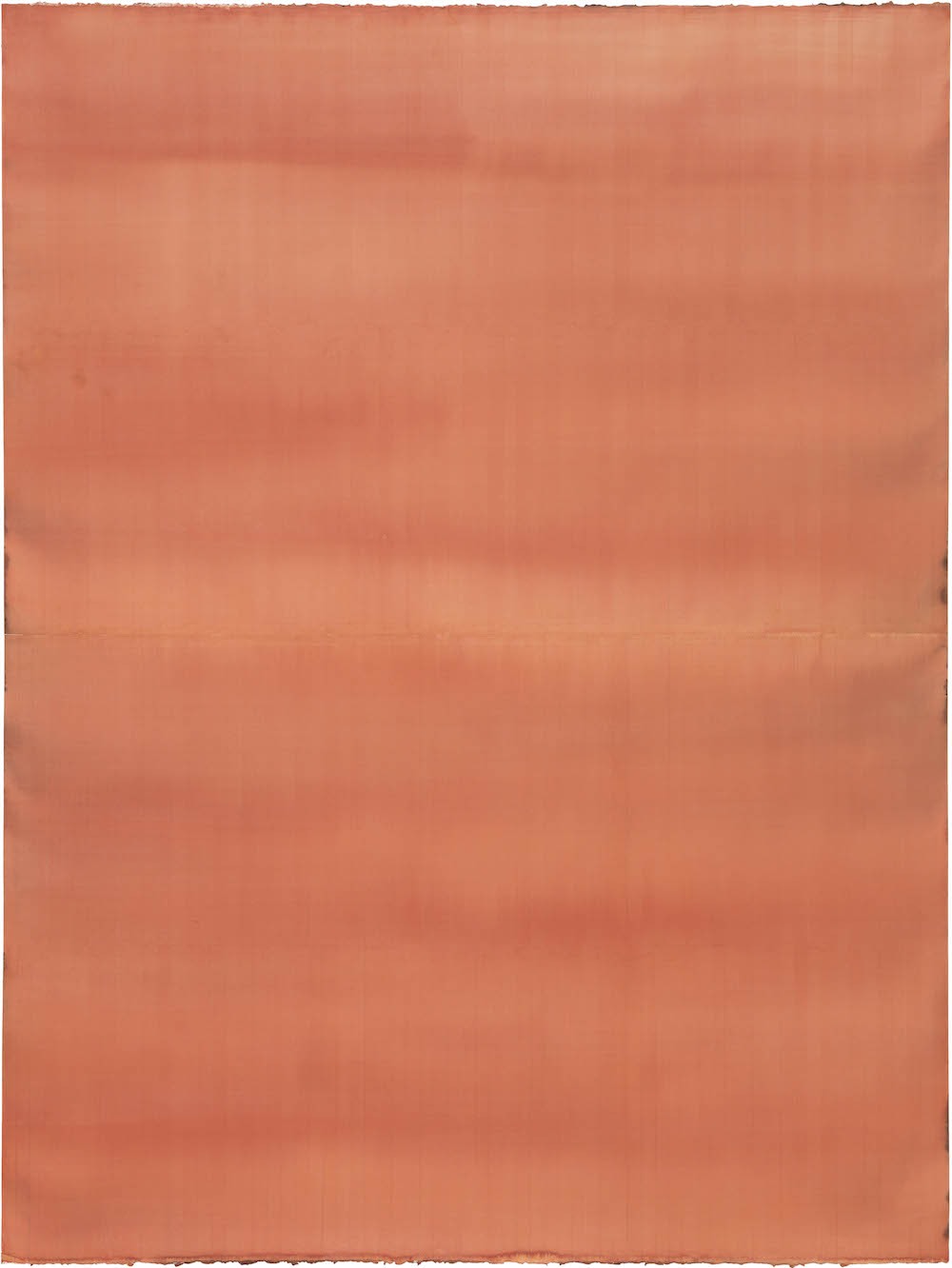
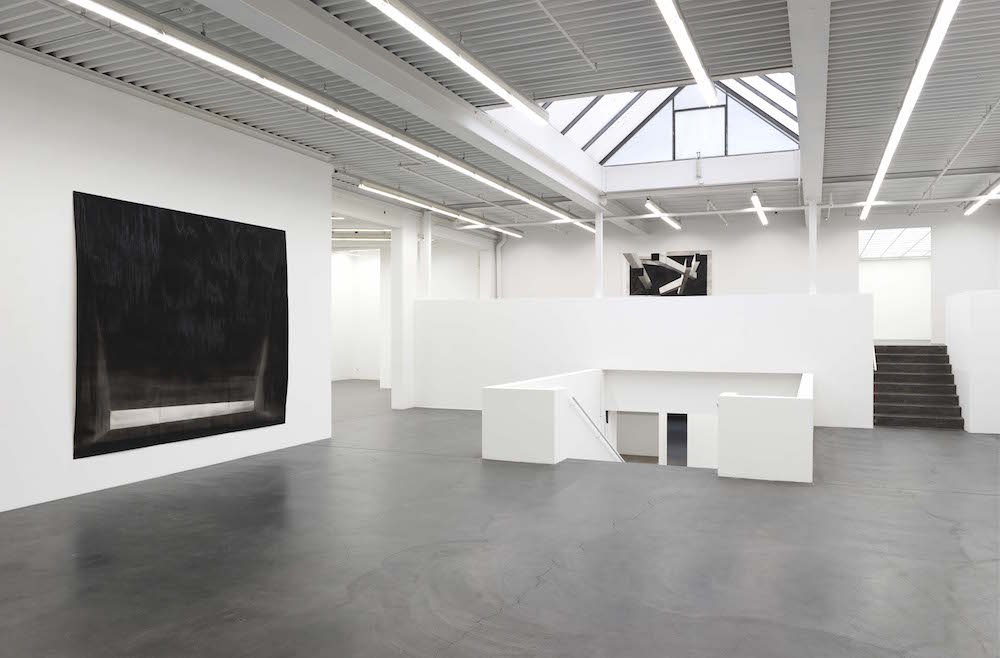
Selected press coverage
The first solo exhibition by Swiss artist Thomas Hauri who is based in Basel and is famous for large-scale paintings and drawings in watercolor on paper.
Architecture is rarely linked to the term ephemerality. Concrete, glass, steel — these are the materials that represent solidity, duration and immutability. Thomas Hauri has been engaged in his practice for many years, continually driving it forwards. With his paintings, mostly large-scale works on watercolour paper, Hauri is able to do more than contrast architecture with a counterpoint. His works, in fact — no matter how diverse they are in their choice of subject or format, expressively or cleanly applied, dark or delicately coloured tonal values — pick up on elements of architecture from our real, our constant surroundings or architecture elsewhere, as if to challenge it.
It has a lot to do with the size, the fact that one can hardly escape Thomas Hauri’s watercolour works that are several metres tall and wide. And that which one sees can sometimes be clear, sometimes enigmatic; if that which is visible once reminds you of beams of light, a sequence of spaces with interrupted perspective, windows or passages, that same reading can have completely disappeared on a subsequent viewing. The motifs and previous layers are painted over by the painter with his brush, almost to the point of complete disappearance, working on the existing painting surface expressively, painterly, with swift gestures and processes and with various tools.
And yet it is not just that which is presented, that which we think we can see, that allows us to approach the depth of the image optically. Thomas Hauri’s works — and this becomes all the clearer in the current, first major solo exhibition at the Kunsthaus Baselland — stand up to architecture, as equals; even in a reduced setting they maintain their robust presence. But the Kunsthaus Baselland, with its corners, nooks, its directness and its curiosities, its sculptural spatial divisions, staircases, rows of windows and passages, it too can be experienced and read anew. The works and the architecture interweave in a fascinating, poetic and yet irritating manner. It is irritating, because the usual walk through an exhibition seems scarcely possible any more. The viewer is accompanied by a distinct rhythm, a particular visual possibility, the transition between built and painted architectural elements such as pillars, walls, windows and glazing.
And there are spaces in which the tone, the acoustic, changes. Hauri has installed a large pane of glass covered with a blue-ish film between the Kabinett galleries of the Kunsthaus Baselland. It does not just change the visitor’s walking route; they have to change direction, turn around and approach the remaining spaces from the opposite side if they are to survey all the spaces. The pane of glass changes the acoustic and the prevailing tone, too, in all the spaces of the Kunsthaus Baselland. It almost seems as if you yourself were standing in front of — or indeed inside — a vitrine some metres tall, slightly cut off from the outside world, a world which you can see but which is now coloured by a blueish filter. You might be reminded of views from contemporary buildings whose cores are defined by concrete and steel but that have a glass outer layer. Sometimes the new lies over the old, giving the entire thing a new, glassy complexion.
It is no accident that Hauri presents two works from the Prora series in the almost hermetically sealed space beyond the glass. The famous construction several kilometres long on the island of Rügen to which the title refers can be seen on large white sheets that stretch as high as the Kunsthaus ceiling. The immense block was erected at the time of the National Socialists, never completely built and it then stood empty for a long time; it is currently being converted into luxury apartments. It is questionable whether the historically important, and still highly controversial monument will still allow a critical viewpoint through its newly plan- ned (glass) façade.
Hauri’s painterly reference to this architecture is, however, not a hint – the title alone enables clear legibility of the architecture. The manner in which he exorcises the topic on paper is rather more decisive. Instead of reproducing the harshness of the whole architecture with dark tonal values, Hauri picks out the windows and shadows and puts them — almost dissolving — on paper. A lot of water seems to have played a part in creating these tones, throwing soft waves over the paper and allowing the architecture, once cast in concrete, to become something that nearly disappears, seeming to elude both directness and tangibility.
It would be inaccurate to appreciate Thomas Hauri’s works as merely a painter’s critique of, or fascination with existing architecture. Instead real buildings or architectural elements are the catalysts of watercolour paintings that make use of the given forms with relish, loosely as well as employing particular processes. The works show these forms, paint over them, wash them out, transform them into surfaces — and incorporate the (physical) act of painting itself. Thus Hauri also retains a human measure in his work. And: the result of any given work thus rarely accords with its starting point. Everything is process.
This can be seen too in the newest works that Thomas Hauri presents in the exhibition. Expressively painted, abstract or amongst them freely developed forms and surfaces on watercolour paper in portrait or landscape format, works that stretch out dynamically, at times like their own landscape, over the gallery walls and, not least, draw the eye out towards the exterior, into the urban context. Instead of referring to architecture and its elements, here Hauri is realising a painting that demonstrates a still freer approach and greater spontaneity in relation to the media he is developing.
In view of the many works created by Thomas Hauri in recent years, in view of their plurality, variation and particularities that can clearly be seen in an exhibition’s form of display, one thing remains. Over-writing, blending in, making motifs visible and making them disappear, the illustration of fixed shapes from our surroundings that can slip into elusive intangibility, all these crystallise as the subject in pursuit of which he has adjusted media and instruments over the years. The two small paintings that Hauri realised in 2001, presented in the Kabinett galleries of the Kunsthaus Baselland, also make this clear. The boldly coloured paintings show various objects inside vitrines; skulls, in particular, are striking. A typical vanitas motif. Everything is transitory and ephemeral; visible, but not always tangible. And yet: every fleeting thing finds form, and ultimately timelessness, if it has been seen, painted and its essence captured. Giving us an understanding of what we are constantly surrounded by in a constructed world.
Text by Ines Goldbach
Text from the publication Thomas Hauri
The exhibition and catalogue were generously supported by the Aargauer Kuratorium, Ernst und Olga Gubler-Hablützel Stiftung, Roldenfund, Abteilung Kultur Basel-Stadt as well as the partners of the Kunsthaus Baselland.
During Thomas Hauri's exhibition a solo exhibition by Max Leiß was also on display.
